

Articles
How Clean Is Toilet Water
Modified: August 28, 2024
Discover the truth about toilet water cleanliness with our informative articles. Learn the facts and bust the myths to ensure a hygienic bathroom experience.
(Many of the links in this article redirect to a specific reviewed product. Your purchase of these products through affiliate links helps to generate commission for Storables.com, at no extra cost. Learn more)
Introduction
When it comes to cleanliness, toilet water is often seen as one of the most unsanitary substances. The mere thought of coming into contact with toilet water can send shivers down our spines. However, it’s important to understand what toilet water actually is and how it becomes contaminated.
Toilet water is the liquid found in the toilet bowl, which consists of water mixed with various substances such as urine, feces, and toilet cleaning products. It serves as a medium for waste disposal and is flushed away into the sewage system.
Many people assume toilet water to be full of harmful bacteria and diseases, but is it really as dirty as we think? In this article, we will explore the sources of contamination in toilet water, the microorganisms that can be found in it, the potential health risks, common misconceptions, and how to keep toilet water clean.
So, let’s dive in and uncover the truth about the cleanliness of toilet water!
Key Takeaways:
- Toilet water may contain microorganisms, but not all are harmful. Practicing good hygiene and regular cleaning can minimize potential health risks associated with toilet water.
- Proper maintenance, regular cleaning, and good personal hygiene are essential for keeping toilet water clean and promoting a healthy bathroom environment.
Read more: How To Clean Hard Water Stains From Toilet
What is Toilet Water?
Toilet water, as the name suggests, is the liquid that fills the toilet bowl. It is primarily composed of water, but it also contains urine, feces, and other waste materials that are flushed down the toilet.
The purpose of toilet water is to facilitate the transport of waste from the toilet bowl to the sewage system. When you flush the toilet, the water and waste are suctioned through the plumbing, ultimately ending up in the sewer or septic system.
Additionally, toilet water can often be mixed with cleaning products that are used to sanitize and deodorize the toilet bowl. These products may contain chemicals such as disinfectants, fragrances, and detergents, which can potentially alter the composition of the toilet water.
It’s important to note that toilet water is different from drinking water or tap water, which is treated and purified to ensure it is safe for consumption. Toilet water, on the other hand, is not intended for human consumption and is not subjected to the same level of treatment.
Understanding the nature of toilet water is crucial in debunking the misconceptions surrounding its cleanliness and potential health risks. While toilet water may contain waste materials and cleaning products, it doesn’t necessarily mean that it is teeming with harmful bacteria and pathogens.
Sources of Contamination
There are several sources that contribute to the contamination of toilet water. Understanding these sources can help shed light on the potential presence of microorganisms and other substances in toilet water. Here are some common sources of contamination:
- Human waste: The primary source of contamination in toilet water is human waste, including urine and feces. These waste products can contain various bacteria, viruses, and other microorganisms that may be present in the body. When flushed down the toilet, these microorganisms can enter the water and potentially survive or thrive under the right conditions.
- Cleaning products: Many households and commercial establishments use cleaning products to maintain hygiene and cleanliness in the bathroom. These products often contain chemicals such as bleach, disinfectants, and detergents. While these products are designed to kill bacteria and germs, their residues can mix with toilet water and potentially introduce additional substances into the mix.
- Splashback: When flushing the toilet, the force of the water can create splashes and aerosolized droplets. These droplets can contain microorganisms and substances present in the toilet water. In some cases, these droplets can land on nearby surfaces, including toilet seats, countertops, and even toothbrushes, leading to potential cross-contamination.
- External factors: Toilet water can also be contaminated by external factors such as sewer backups, leaks, or flooding. If there is a malfunction in the sewage system or if there is a backflow of sewage, toilet water can become contaminated with additional pathogens and pollutants.
It’s important to note that the level of contamination in toilet water can vary depending on several factors, including the cleanliness of the toilet, the frequency of cleaning, the presence of proper plumbing systems, and the overall sanitation practices in the surrounding environment.
By being aware of the sources of contamination, we can take steps to minimize the potential risks associated with toilet water and maintain a cleaner and healthier bathroom environment.
Microorganisms Found in Toilet Water
While the thought of microorganisms in toilet water may seem alarming, it’s important to understand that not all microorganisms present in toilet water are harmful or pose a risk to human health. Here are some common types of microorganisms that can be found in toilet water:
- Bacteria: Bacteria are single-celled organisms that can be found in various environments, including toilet water. Some common bacteria found in toilet water include E. coli, which is often associated with fecal contamination, and various species of Streptococcus and Staphylococcus. While some bacteria can cause illness and infections, many bacteria are harmless or even beneficial to the environment.
- Viruses: Viruses are microscopic infectious agents that can survive and replicate in living cells. Certain viruses, such as norovirus and rotavirus, can be present in toilet water if someone infected with the virus uses the toilet. These viruses are known to cause gastrointestinal illnesses. However, it’s important to note that the presence of a virus does not necessarily mean it is active or capable of causing an infection.
- Protozoa: Protozoa are single-celled organisms that can be found in toilet water. One example is Giardia lamblia, a parasite that can cause gastrointestinal illnesses. While the presence of protozoa in toilet water is possible, it is relatively rare and typically associated with sewage contamination rather than normal toilet usage.
- Fungal spores: Fungal spores, such as those of Aspergillus or Penicillium, may be found in toilet water. These fungi are common in the environment and can cause respiratory allergies and infections, particularly in individuals with compromised immune systems. However, the likelihood of fungal spores in toilet water is generally low unless there is an issue with mold growth or water damage in the bathroom.
It’s important to understand that the presence of microorganisms in toilet water does not automatically mean that they pose a significant threat to human health. The concentration and virulence of these microorganisms play a crucial role in determining their potential impact.
Moreover, maintaining proper hygiene practices, such as regular cleaning and disinfection of the toilet, washing hands after using the bathroom, and practicing good overall hygiene, can significantly minimize the risks associated with the microorganisms found in toilet water.
Toilet water can contain bacteria and other contaminants. To keep it clean, regularly clean the toilet bowl and use a toilet bowl cleaner to disinfect the water. Avoid touching the water when cleaning.
Potential Health Risks
While toilet water may contain microorganisms, it’s essential to understand that the potential health risks associated with these microorganisms are often minimal for individuals with a healthy immune system. However, certain factors can increase the risk of infection or illness. Here are some potential health risks associated with toilet water:
- Ingestion: Accidentally ingesting toilet water can introduce pathogens into the body and potentially lead to gastrointestinal illnesses. This is why it’s important to practice good hygiene and avoid any contact of the mouth or face with toilet water.
- Direct contact: Direct contact with toilet water, especially if you have open cuts or wounds, can potentially lead to localized infections. However, the risk of infection from brief and incidental contact is generally low.
- Indirect contact: Indirect contact with contaminated surfaces in the bathroom, such as toilet seats or faucets, can be a source of transmission for certain pathogens. It’s important to regularly clean and disinfect these surfaces to reduce the risk of cross-contamination.
- Aerosolized droplets: When the toilet is flushed, aerosolized droplets may be released into the air. While it is possible for these droplets to contain microorganisms, the risk of infection from inhalation is generally low. However, individuals with compromised immune systems or respiratory conditions may be more susceptible.
- Mold exposure: Excessive moisture in the bathroom, often associated with water damage or poor ventilation, can lead to mold growth. Exposure to mold spores can cause respiratory allergies and aggravate existing respiratory conditions. Proper ventilation and maintenance can help prevent mold growth.
It’s important to note that the risk of infection or illness from toilet water can be significantly reduced by following good hygiene practices. Washing your hands thoroughly with soap and water after using the bathroom and regularly cleaning and disinfecting your toilet can help minimize the potential risks associated with toilet water.
If you have any concerns about your health or the cleanliness of your bathroom, it is always recommended to consult with a healthcare professional or seek guidance from a trusted source.
Read more: How To Clean A Toilet Brush
Common Misconceptions about Toilet Water
There are several misconceptions surrounding toilet water, often fueled by myths and misinformation. Let’s debunk some of the most common misconceptions:
- Toilet water is always filled with harmful bacteria: While toilet water can contain bacteria, not all bacteria present in toilet water are harmful. Most bacteria found in toilet water are either harmless or even beneficial to the environment. Proper sanitation practices and regular cleaning can help minimize the risk of bacterial contamination.
- Drinking toilet water is extremely dangerous: While it’s strongly advised against drinking toilet water due to the risk of bacterial and viral contamination, a one-time accidental ingestion is unlikely to cause severe health problems, especially for individuals with a healthy immune system.
- Toilet water is dirtier than other sources of water: While toilet water may contain waste products, it doesn’t mean that it is inherently dirtier than other sources of water. Tap water, for example, goes through treatment processes to ensure it is safe for consumption. Toilet water, on the other hand, is not treated in the same way and is not intended for drinking.
- Everything in the bathroom is contaminated with toilet water: While there can be cross-contamination between surfaces in the bathroom, not everything is automatically contaminated with toilet water. Proper cleaning and hygiene practices, such as regular disinfection and handwashing, can help minimize the risk of cross-contamination.
- Toilet water can transmit diseases through the air: While flushing the toilet can release aerosolized droplets, the risk of transmission of diseases through the air from toilet water is generally low. Most pathogens in toilet water require direct contact or ingestion to cause an infection.
It is important to rely on accurate information and trusted sources when it comes to understanding the risks associated with toilet water. By dispelling these misconceptions, we can foster a better understanding of toilet water and its potential impact on our health and hygiene practices.
How to Keep Toilet Water Clean
Maintaining clean toilet water is essential for a hygienic and healthy bathroom environment. Here are some tips on how to keep toilet water clean:
- Regular cleaning: Clean the toilet bowl regularly using a toilet brush and a suitable cleaner or disinfectant. Focus on scrubbing the inside of the bowl thoroughly to remove any staining or buildup. Rinse the brush thoroughly after each use to avoid cross-contamination.
- Flush properly: Ensure that you flush the toilet properly after each use. This helps to remove waste and prevent the buildup of odors or bacteria in the toilet bowl. Follow the instructions for flushing, and consider using the full flush option to have a stronger water flow.
- Use toilet cleaning products: Utilize toilet cleaning products specifically designed to disinfect and sanitize the toilet bowl. These products can help remove stains, kill bacteria, and reduce odors. Follow the instructions on the product label for proper usage and safety precautions.
- Keep the toilet area dry: Excess moisture in the bathroom can create an environment favorable for mold and fungal growth. Proper ventilation, such as using exhaust fans or opening windows, can help reduce humidity and prevent water accumulation. Wipe down any moisture on bathroom surfaces regularly.
- Avoid flushing inappropriate items: Only flush toilet paper and human waste down the toilet. Avoid flushing items such as paper towels, baby wipes, or feminine hygiene products, as these can clog the plumbing and potentially lead to toilet water contamination or sewage backups.
- Practice good personal hygiene: Wash your hands thoroughly with soap and water after using the toilet. Proper handwashing can help prevent the spread of bacteria and viruses, both to yourself and others. Use a hand sanitizer if soap and water are not available.
- Maintain the plumbing system: Regularly inspect and maintain the plumbing system to ensure that there are no leaks or issues that could potentially contaminate the toilet water. Seek professional help if you notice any leaks or unusual odors.
By following these tips, you can significantly reduce the potential for contamination and maintain cleaner toilet water. Remember, a clean toilet not only promotes hygiene but also contributes to a more pleasant and comfortable bathroom experience.
Conclusion
Toilet water, though often stigmatized as dirty and unsanitary, is a necessary part of our everyday lives. Understanding what toilet water is and how it becomes contaminated can help dispel common misconceptions and promote proper hygiene practices.
While toilet water may contain microorganisms, not all of them are harmful or pose significant risks to human health, especially for individuals with a healthy immune system. It’s important to distinguish between harmless bacteria and potentially pathogenic microorganisms.
By practicing good hygiene and following simple guidelines, we can keep toilet water clean and minimize potential health risks. Regular cleaning of the toilet bowl, proper flushing, and the use of appropriate cleaning products can help maintain a sanitary environment.
Additionally, keeping the toilet area dry and avoiding the flushing of inappropriate objects can prevent water accumulation and sewage backups. Proper handwashing after using the toilet and maintaining a well-functioning plumbing system also play vital roles in reducing contamination risks.
Remember, while toilet water should not be consumed, brief and incidental contact with clean toilet water is generally not a cause for excessive concern.
By dispelling misconceptions and following proper hygiene practices, we can maintain a clean and healthy bathroom environment. So let’s continue to prioritize cleanliness and good hygiene habits for the well-being of ourselves and those around us.
Frequently Asked Questions about How Clean Is Toilet Water
Was this page helpful?
At Storables.com, we guarantee accurate and reliable information. Our content, validated by Expert Board Contributors, is crafted following stringent Editorial Policies. We're committed to providing you with well-researched, expert-backed insights for all your informational needs.
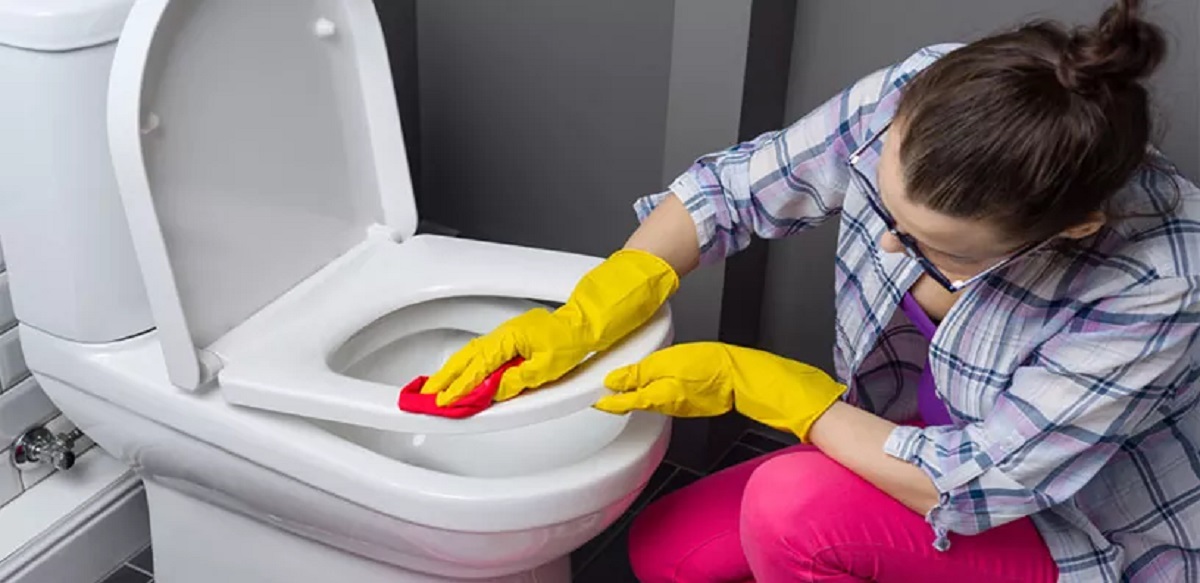
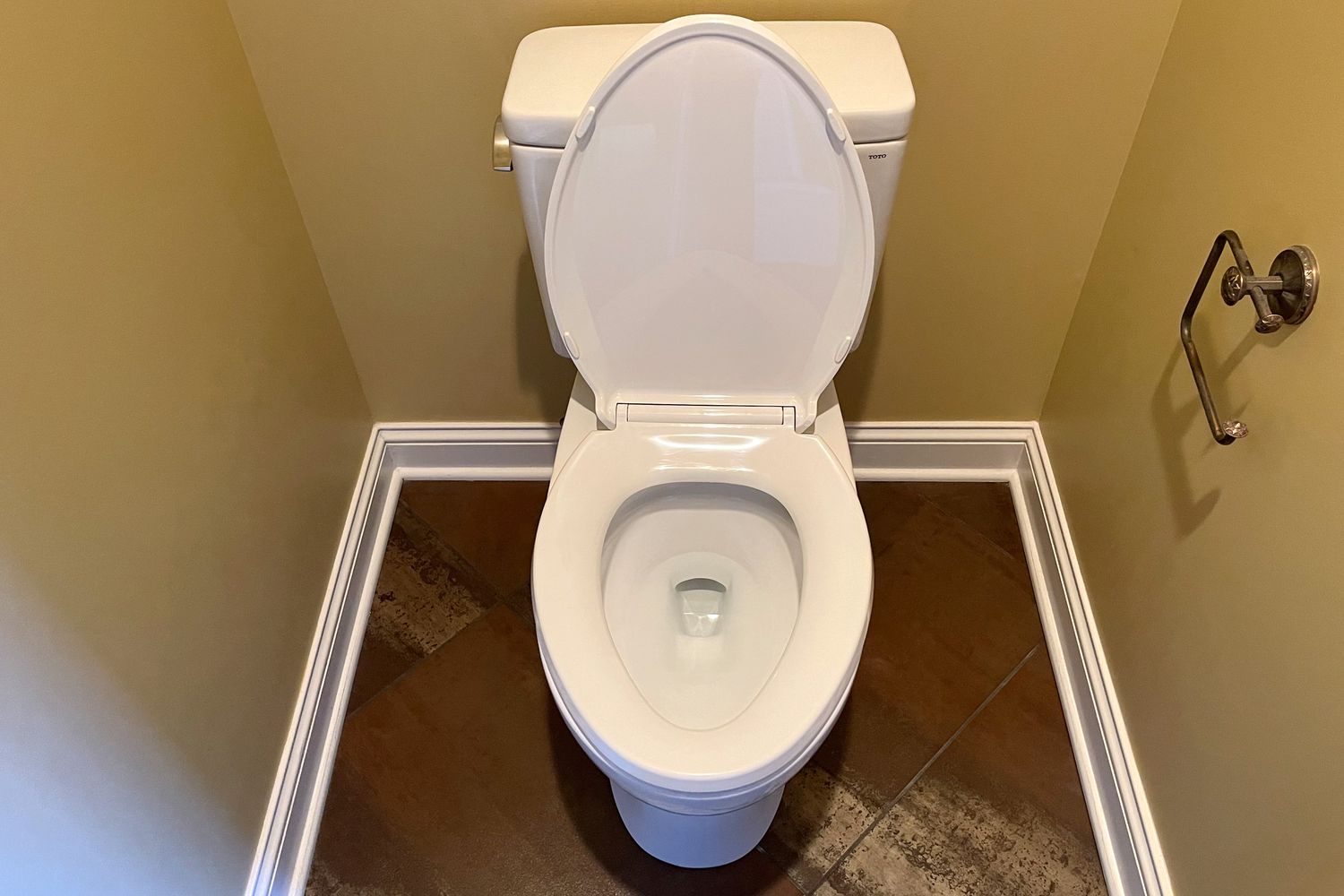
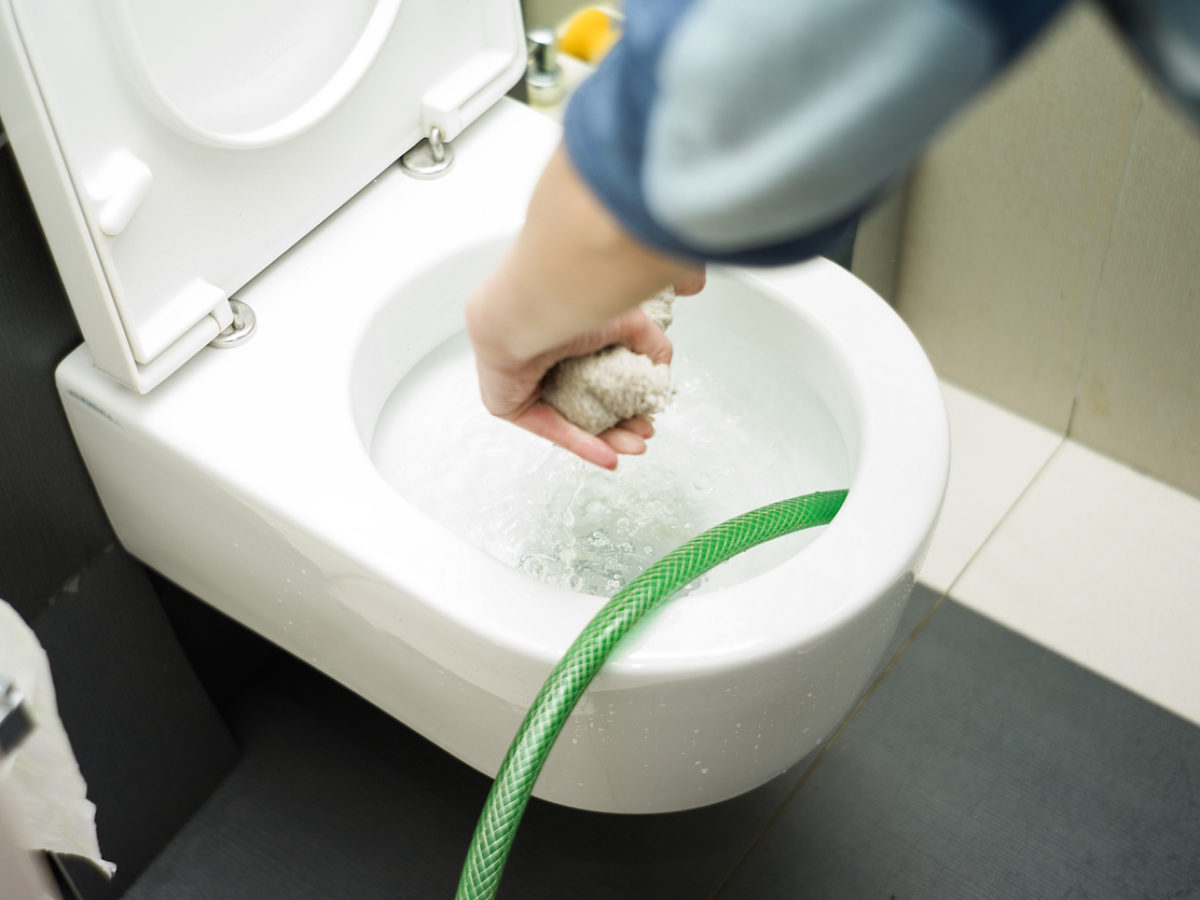
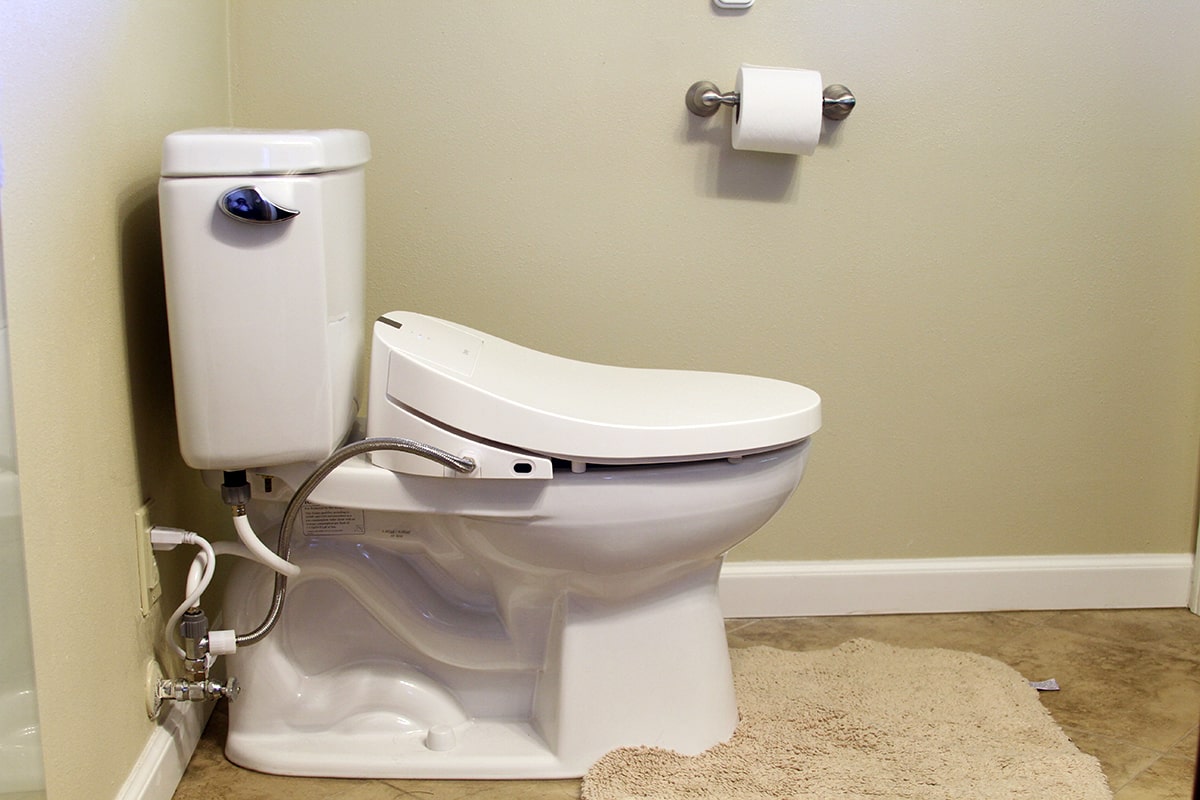
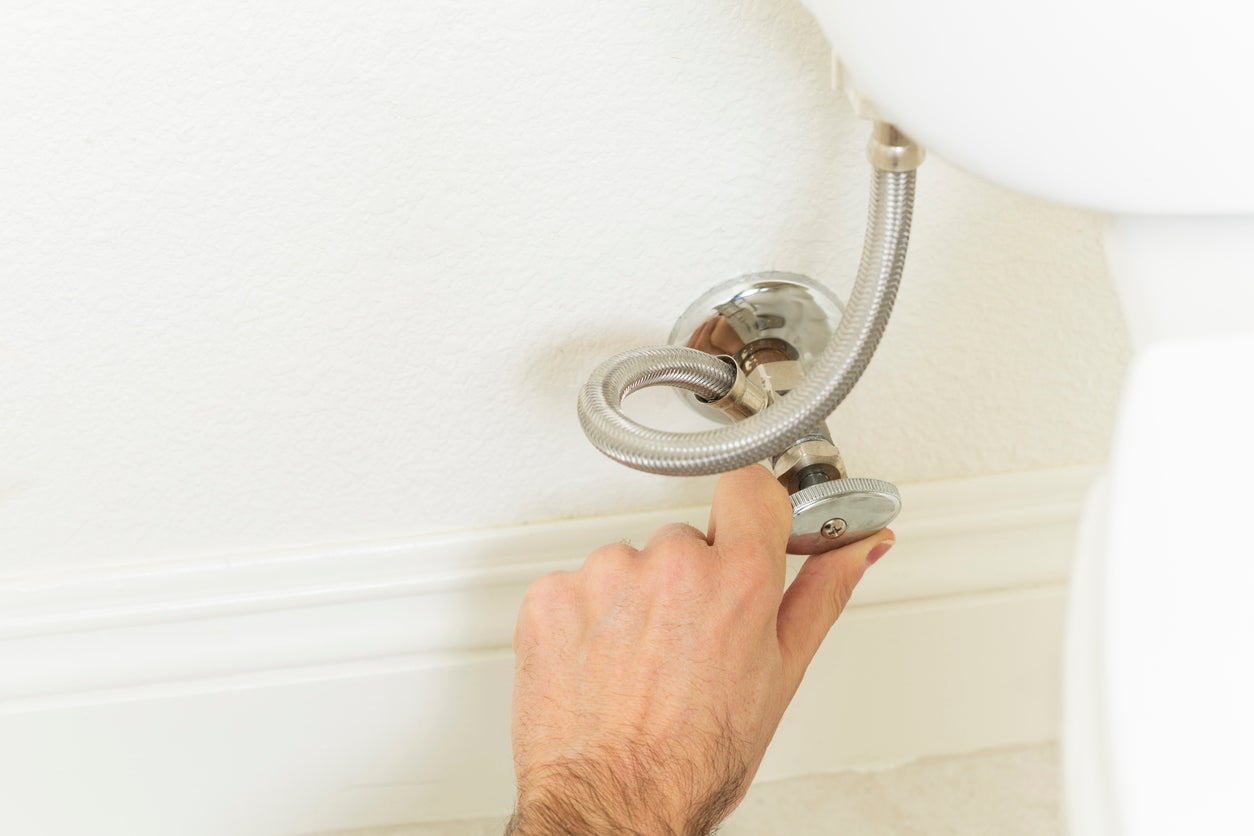
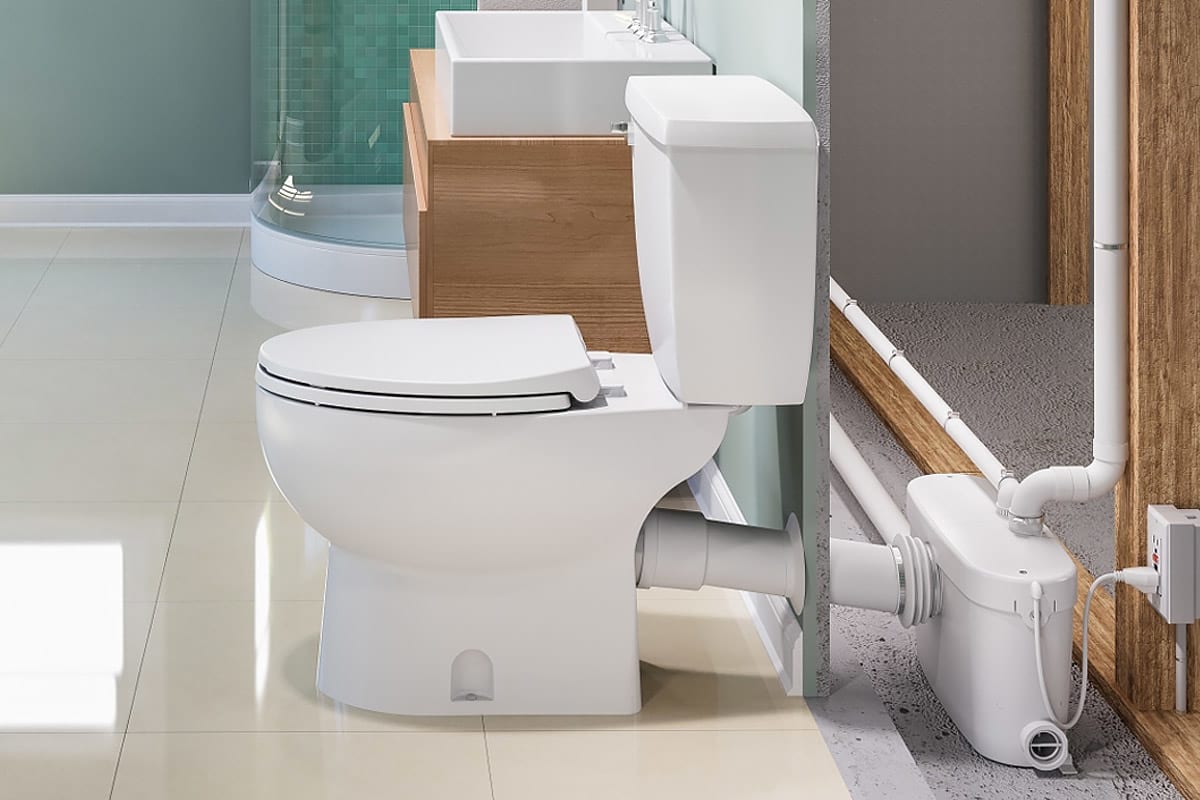
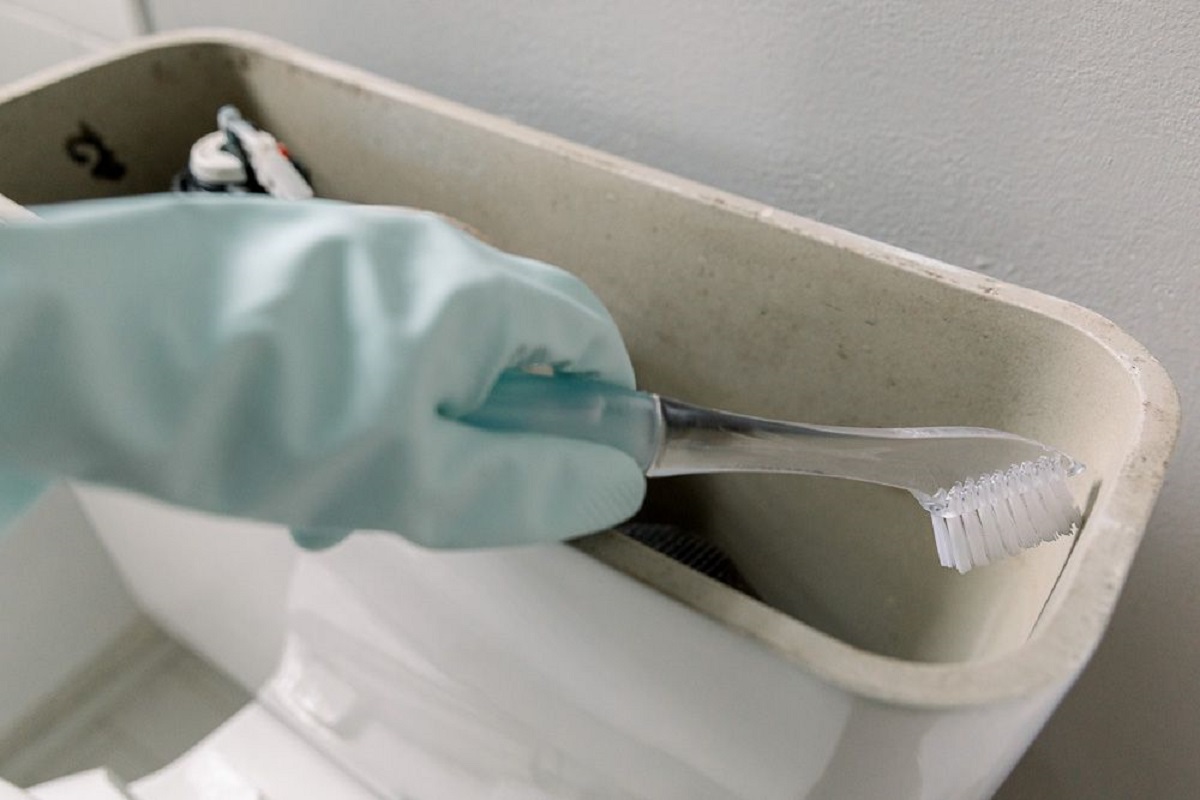
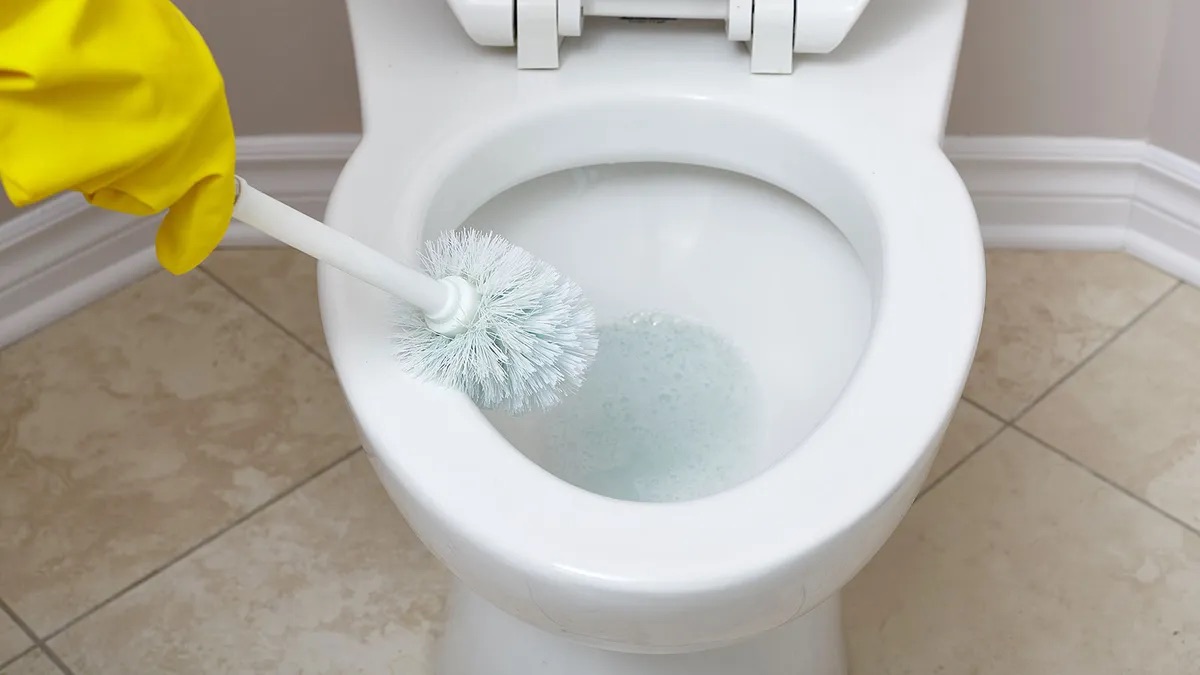
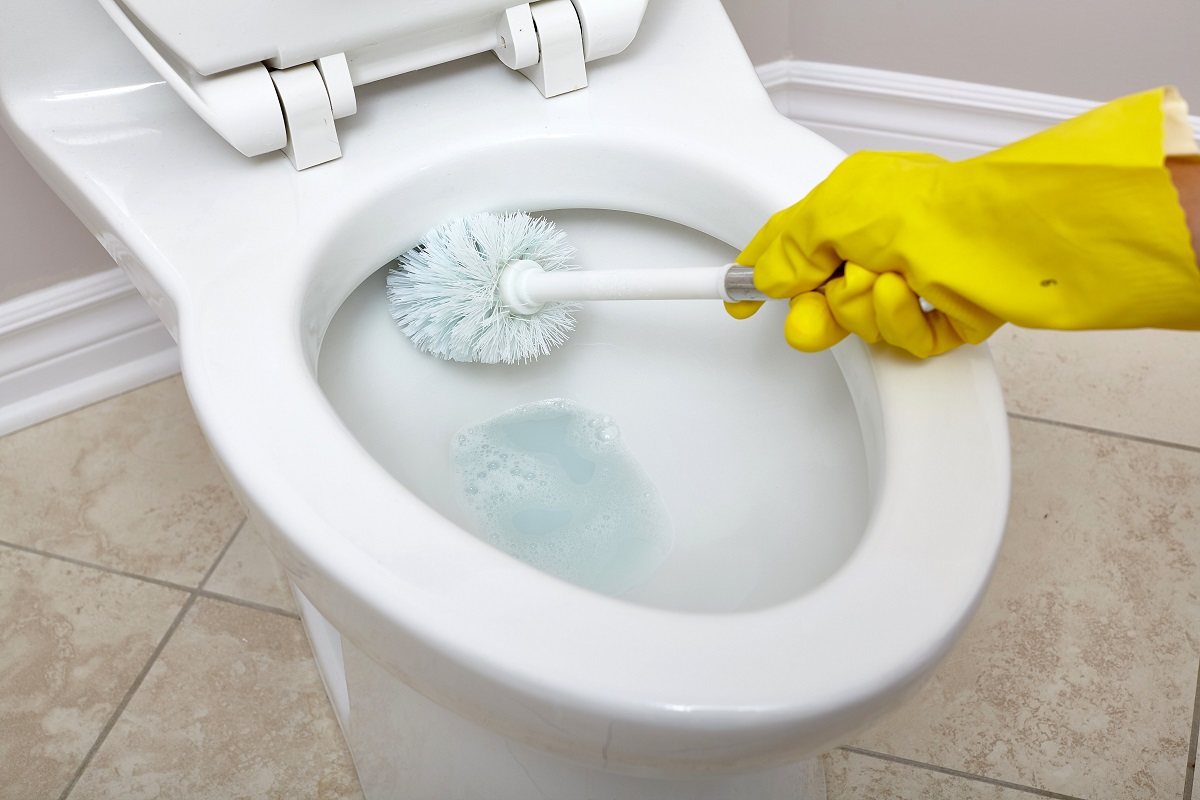
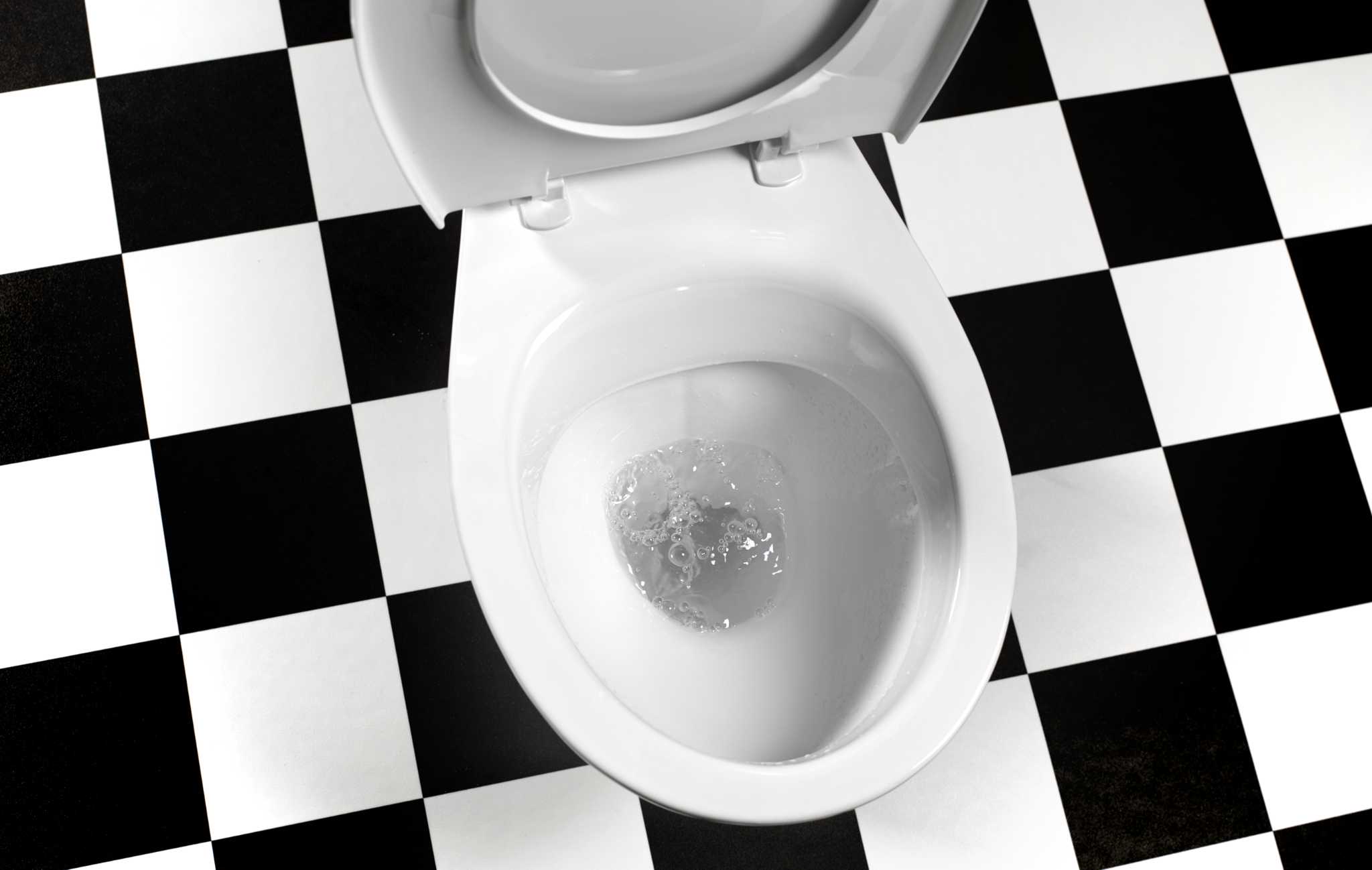
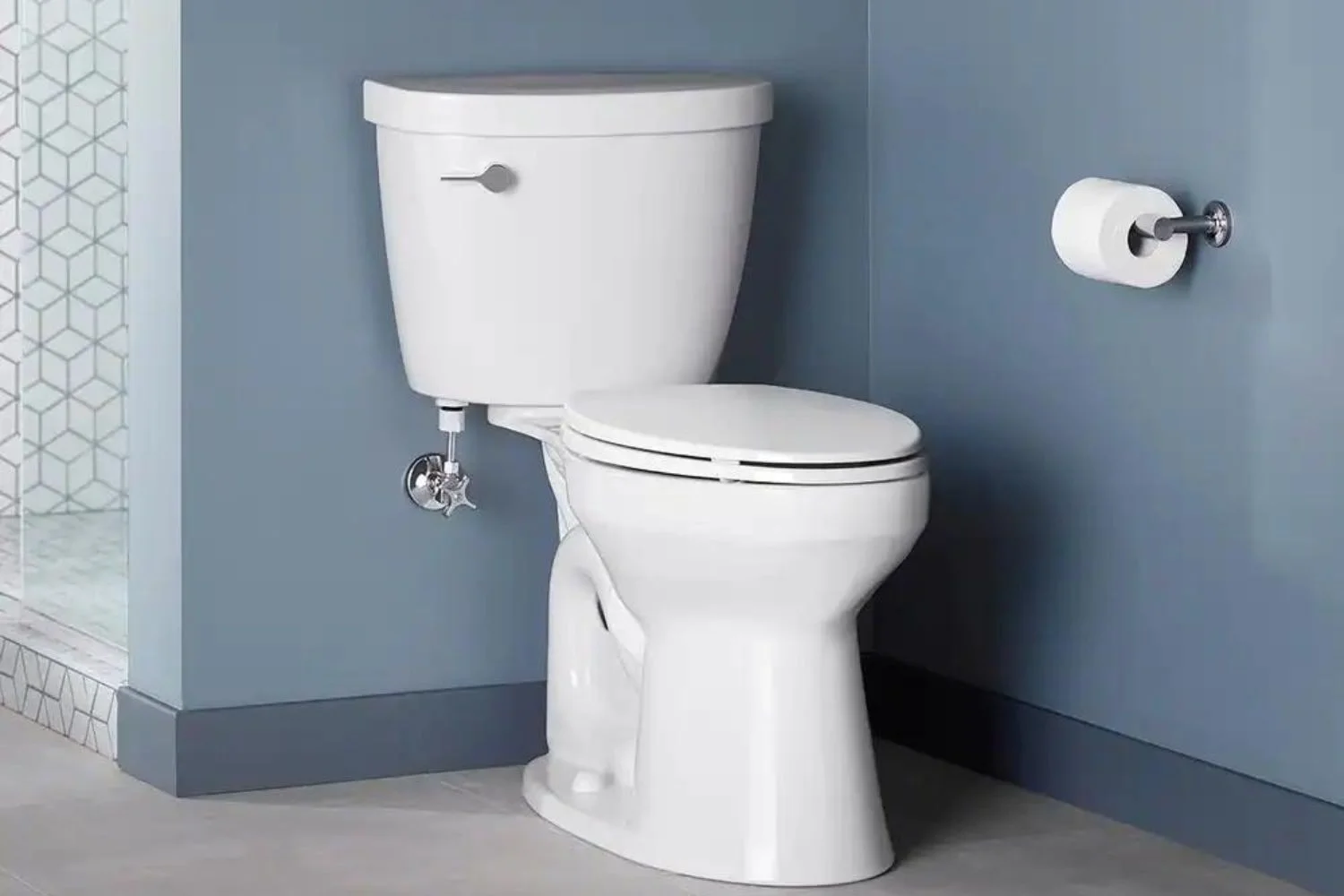
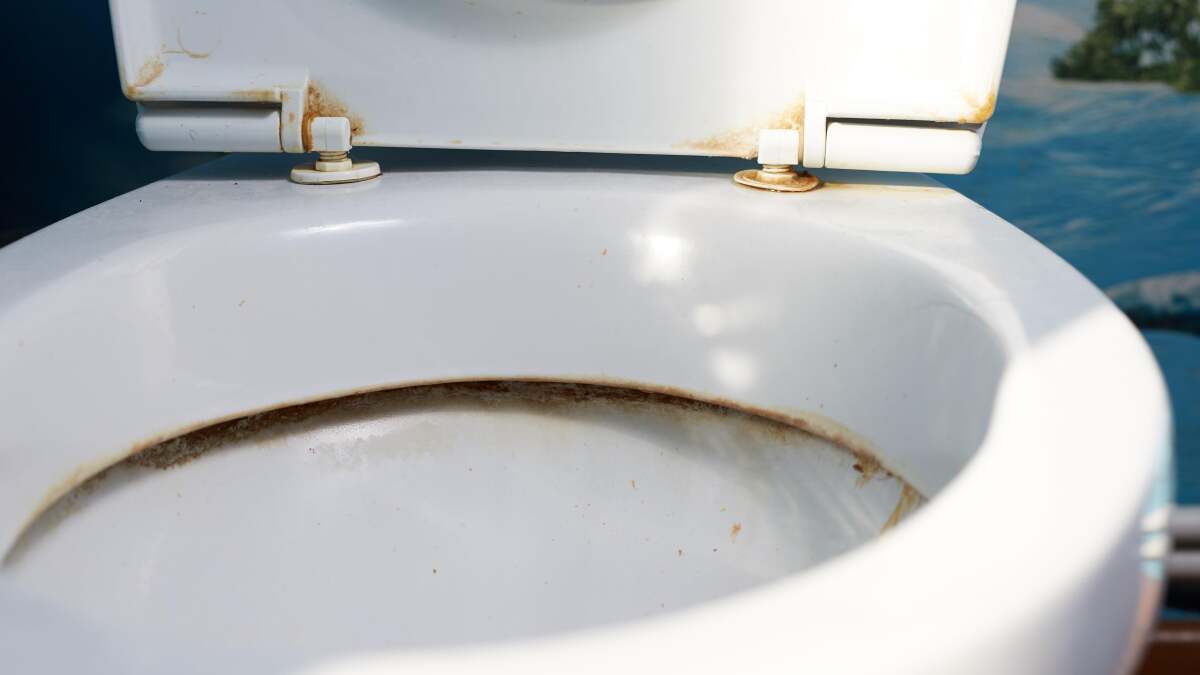
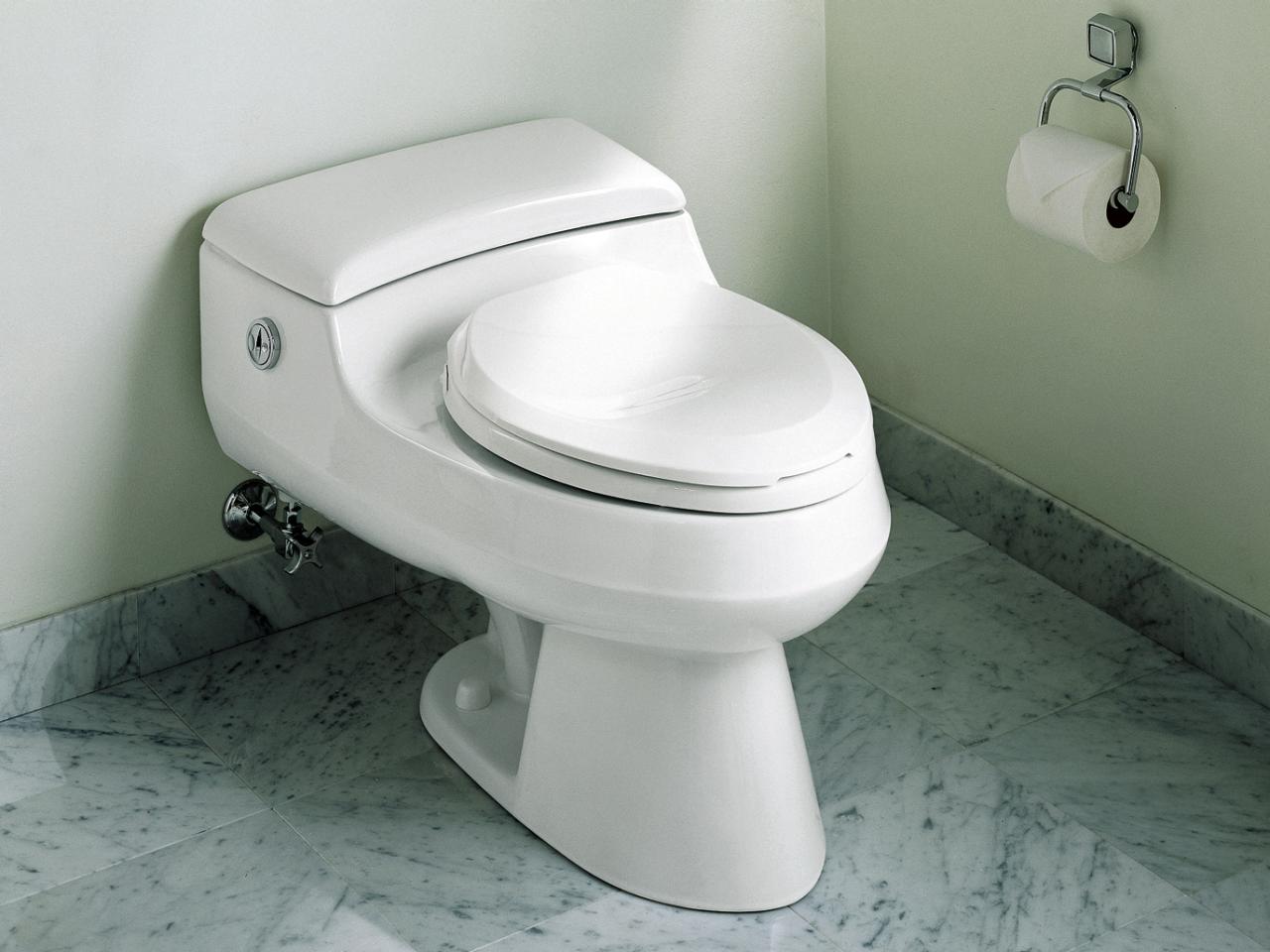
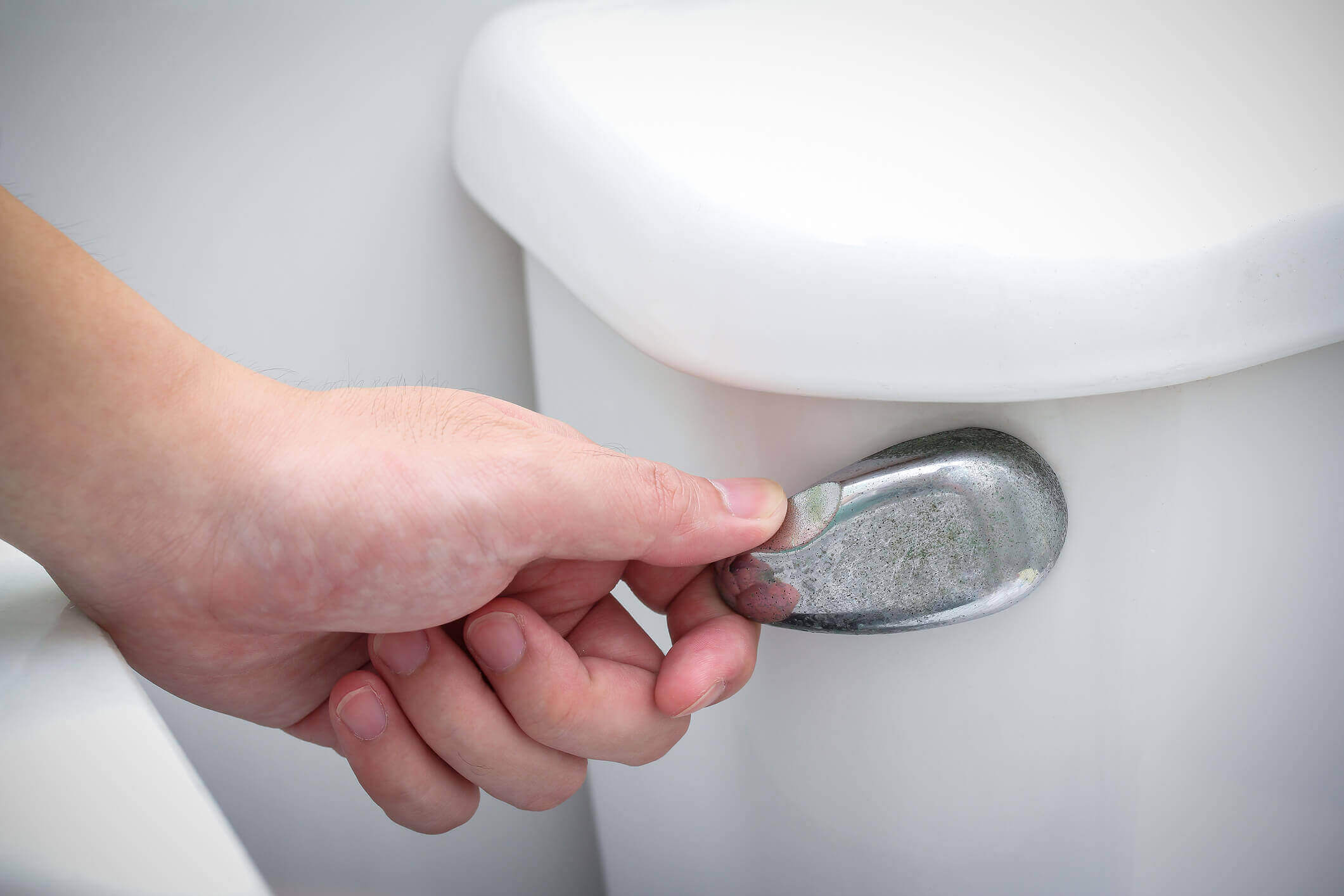

0 thoughts on “How Clean Is Toilet Water”